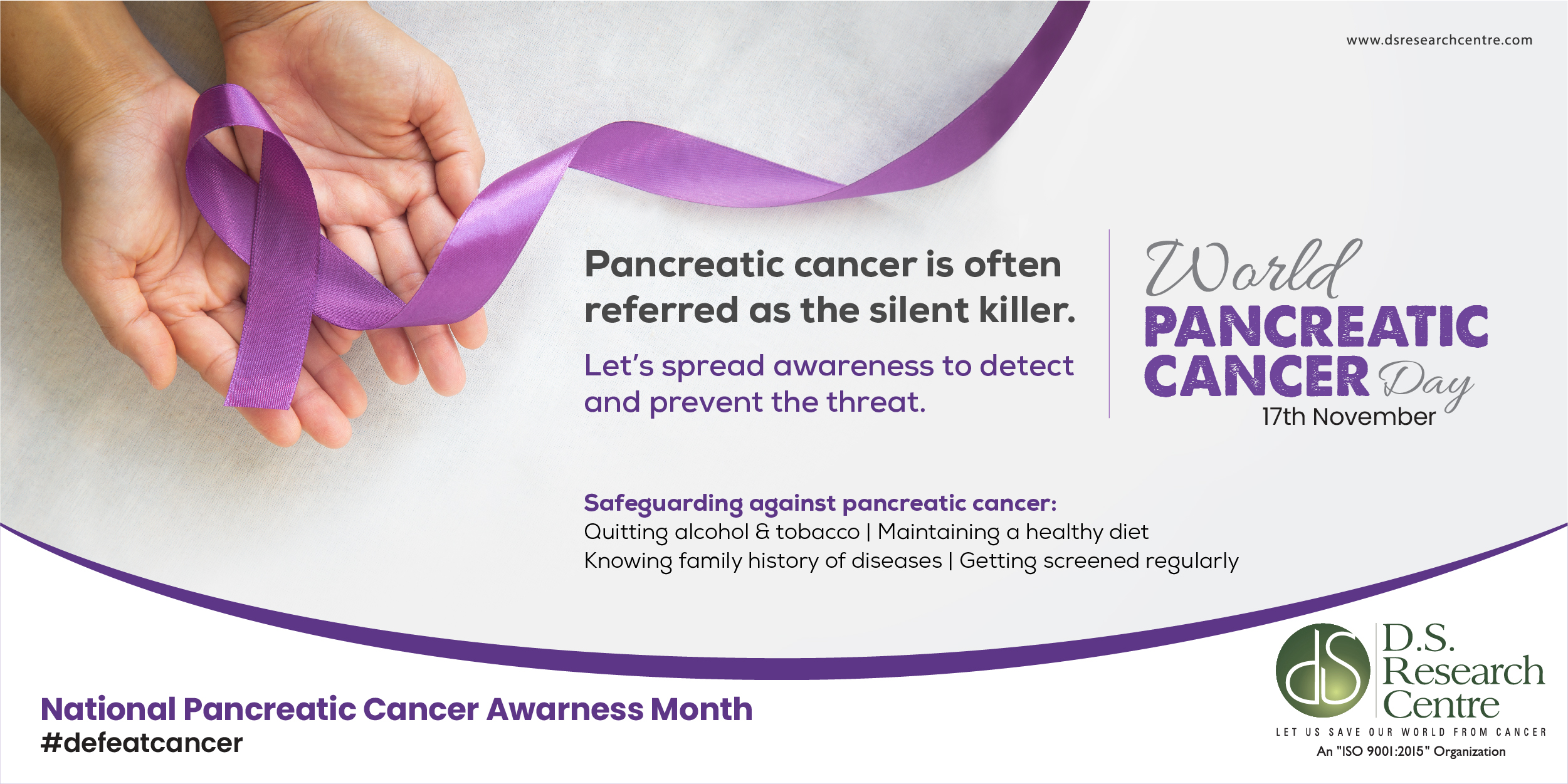The pancreas is
a gland about
6 inches long that is shaped like a thin pear lying on its side. The wider end
of the pancreas is called the head, the middle section is called the body, and
the narrow end is called the tail. The pancreas lies between the stomach and
the spine.
The main functions of Pancreas in
the body are-
·
To
make juices that
help digest (break
down) food.
·
To
make hormones, such
as insulin and glucagon, that
help control blood sugar levels.
Both of these hormones help the body use and store the energy it gets from
food.
The digestive juices
are made by exocrine pancreas cells and
the hormones are made by endocrine pancreas cells.
Several types of growths can occur
in the pancreas, including cancerous and noncancerous tumors. Pancreatic cancer
is seldom detected at its early stages when it's most curable. This is because
it often doesn't cause symptoms until after it has spread to other organs. Pancreatic
cancer can develop either from exocrine cells or endocrine cells. The exocrine
type is more common and is usually found at an advanced stage. Pancreatic endocrine
tumors (islet cell tumors) are less common but have a better prognosis.
Signs and symptoms of pancreatic cancer
include -
·
Abdominal
pain that radiates to your back
·
Loss
of appetite or unintended weight loss
·
Yellowing
of your skin and the whites of your eyes (jaundice)
·
Light-colored
stools and Dark-colored urine
·
Itchy
skin
·
New
diagnosis of diabetes or existing diabetes that's becoming more difficult to
control
·
Loss
of appetite
·
Feeling
very tired
Apart from the clinical features, certain
Investigations can also be done if the doctor doubts Pancreatic Cancer. These
include MRI, CT scan, PET scan, Blood tests, Tests for tumor markers, Abdominal
Ultrasound etc. These tests help the doctor in confirming the diagnosis.
The treatments that can be used are -
·
Surgery
·
Radiation
therapy
·
Chemotherapy
·
Chemo
radiation therapy
·
Targeted
therapy
All these
treatments may have a number of side effects varying from person to person.
Some of the commonest ones being
·
Appetite Loss
·
Constipation
·
Diarrhea
·
Edema (Swelling)
·
Fatigue
·
Hair Loss (Alopecia)
·
Memory or Concentration Problems
·
Mouth and Throat Problems
·
Nausea and Vomiting
·
Pain
·
Skin and Nail Changes
·
Sleep Problems
Pancreatic cancer still remains a big
challenge for the oncologist. The survival in these patients is very poor and
also this disease causes various painful symptoms which are difficult to
manage. Ayurveda treatments have shown to have a significant effect in reducing
symptoms and improving quality of life in pancreatic cancer patients.
Ayurveda does not consider
cancer as a distinct disease or set of diseases. Rather, ayurveda states that
all diseases result from gross, systemic imbalances and malfunctions of the
three Doshas.

Instead of using targeted
therapies for destruction of the tumors, ayurvedic drugs/modes of treatment
attempt to correct metabolic defects and restore normal tissue functions. Ayurveda
also considers diet and environmental factors as important regulators of Agni and
immunity, which in turn can increase risk for cancer. Ayurveda follows the
principles of natural healing systems; hence the treatment prescribed has zero
or no side effects.
Some of the commonest herbs
that are used for the treatment of cancer are-
Herbs
used in ayurveda to combat cancer are Tulsi, Ashwagandha, Ginger, Turmeric,
Garlic, Guggulu etc.
These
herbs work by enhancing metabolism and reducing tissue damage, as
Antioxidants,
analgesic, anti-inflammatory and by inducing the apoptosis in the cancerous
cells i.e. preventing the cancer cells from growing abnormally. They give a boost
to the immune system and increase stamina to fight against cancerous cells.
D.
S. Research Centre offers a good blend of such herbs for the treatment of
various types of Cancers. There have been thousands of patients who have
survived and are living a quality life today. And there are many more Cancer
patients taking treatment and looking forward to a better life.








Posted on April 15, 2016
Posted on April 15, 2016